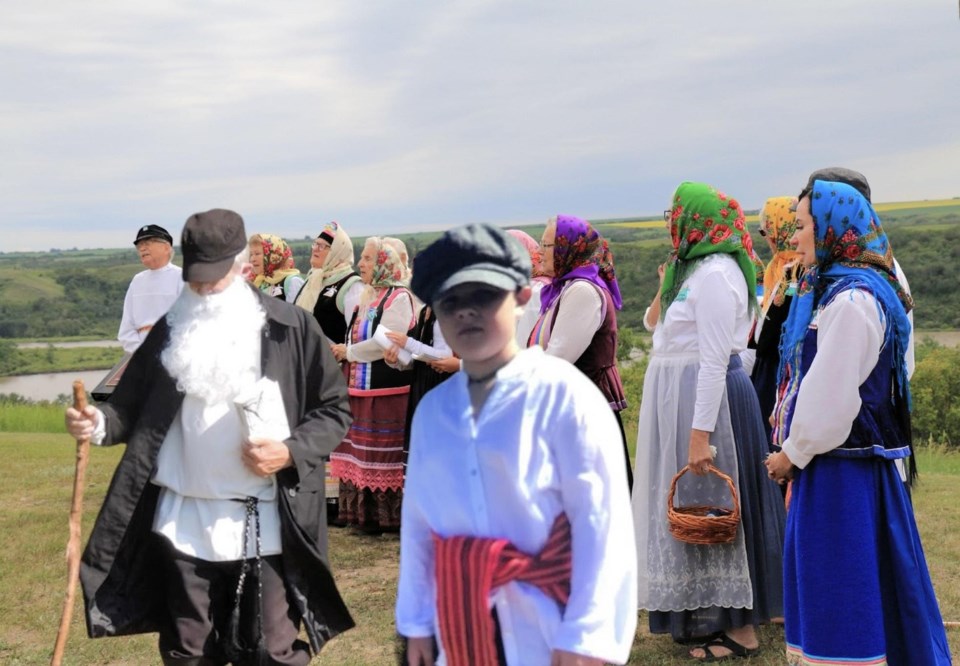BLAINE LAKE — Brenda Cheveldayoff invites residents to experience Doukhobors’ history at an event in Blaine Lake, July 6, entitled Blankets of Comfort.
The website, , outlines what life would have been like and invites Saskatchewan residents to come and explore this mystery and remember their ancestors.
The July 6 event will include live re-enactment with the Doukhobor Dugout House 小蓝视频 open from 10 a.m. to 5 p.m. This summer event is 小蓝视频 held at the Doukhobor Dugout House in Blaine Lake.
Cheveldayoff says, “We are doing a live re enactment called Blankets of Comfort. The theme is going to focus on what it was like back in 1899 spending the night in the dugout houses. We have put together a script of actual events to bring the past alive.”
The live re-enactment will be followed by a ribbon-cutting 小蓝视频 for the new themed historical overnight area. Visitors can take part in cultural experiences and there are two choices for the overnight stay: the Verigin and the Tolstoy.
“These are themed around these two men that were prominent with the Doukhobors’ immigration to Canada, which is marking 125 years this year,” adds Cheveldayoff.
Peter V. Verigin was a leader who was believed by the Doukhobors to have been murdered. It’s a cold case unsolved mystery. Leo Tolstoy helped the Doukhobors by way of funds from selling his book, Resurrection.
The overnight pods overlook the river valley and replicate the sod houses on top of the prairie lands, while others were built into the sides of the hills. These are here today at the Doukhobor Dugout House.
“Overnight guests can contact us to stay either a Saturday during day tourism or privately during the week, from July until September. Overnight guests will also have the opportunity of cultural foods but their morning would be extra special with traditional tea made in a samovar along with Doukhobor blinsi with sour cream and jam,” says Chevaldayoff.
Visitors attending Blankets of Comfort on July 6 will also enjoy cultural food and entertainment on the patio overlooking the river valley.
There is much history about Doukhobors in Saskatchewan. Wikipedia states, “The land for the Doukhobor immigrants, in total 773,400 acres (3,130 km2) within what was to soon become the Province of Saskatchewan, came in three block settlement areas or ‘reserves’, and an annex.
“Four colonies were established including The Saskatchewan Colony, also known as the ‘Rosthern Colony’, ‘Prince Albert Colony’ and ‘Duck Lake Colony’ was located along North Saskatchewan River in the Langham and Blaine Lake districts of Saskatchewan, north-west of Saskatoon. 1,500 Doukhobors from Kars Oblast settled there in 13 villages on 324,800 acres (1,314 km2) of land grant.”




